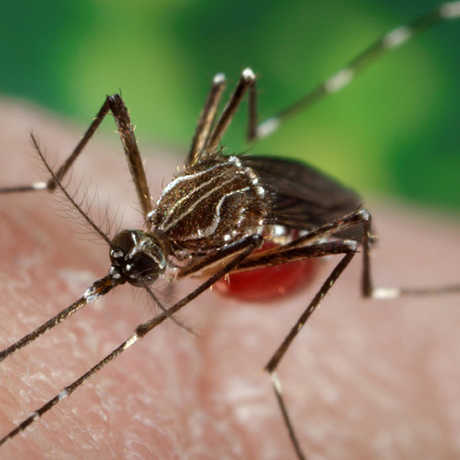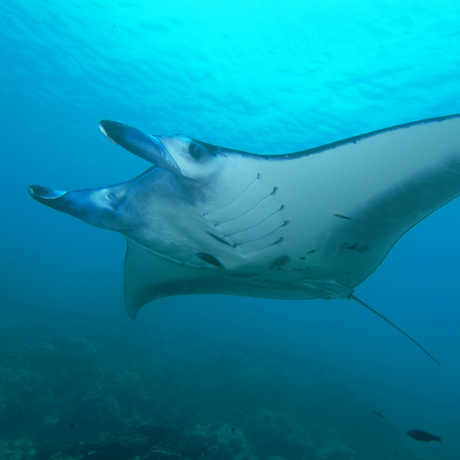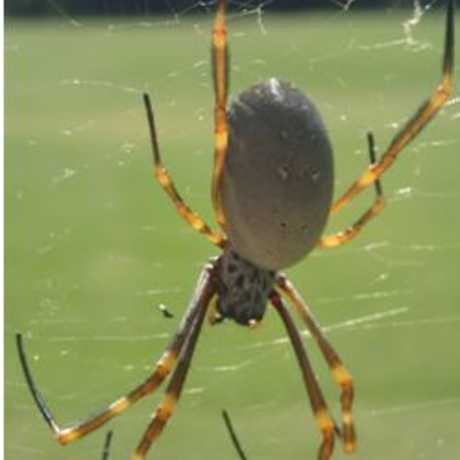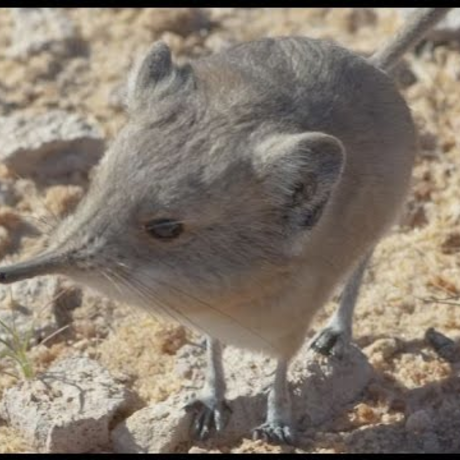Led by Dr. Shannon Bennett, the Academy's Chief of Science and Associate Curator of Microbiology, Academy scientists traveled to Oahu and Hawaii's Big Island to document the distribution of mosquito species that play a role in transmitting infectious disease. Two invasive species—Aedes albopictus (Asian tiger mosquito) and Aedes aegypti (yellow fever mosquito)—are vectors of dengue virus. Bennett and her team discovered ecologic factors that seem to inhibit the spread and efficacy of these species.
Scientific Expeditions
Past Expeditions, 2007–2012
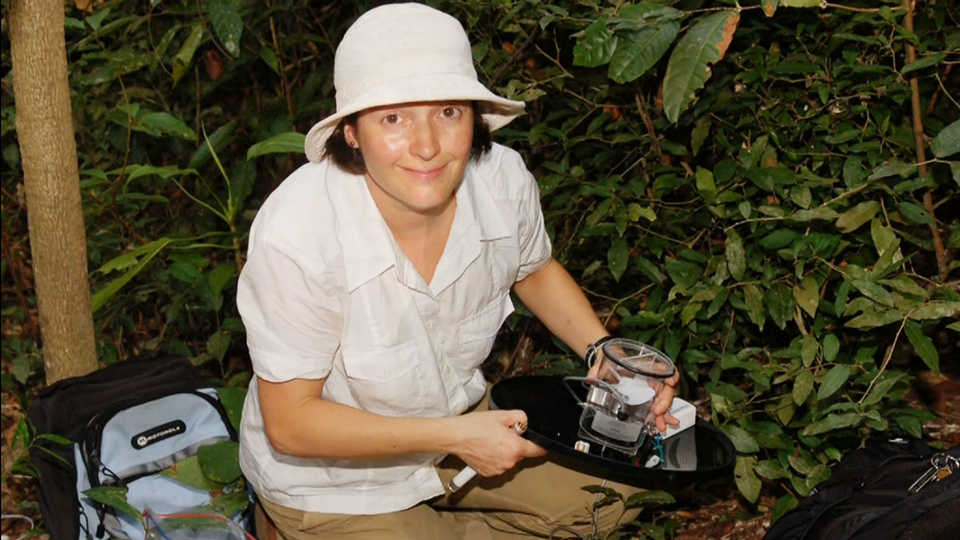
North America, South America, Asia, Africa—our 2007–2012 expeditions spanned those continents and more. Explore a selection of our past fieldwork below, then dive into some of our more recent expeditions to learn about expedition priorities, collection techniques, in-country partners and education programs, and what questions or challenges our expeditions work to address.
Hawaii, 2012: Investigating Mosquito Vectors of Dengue Virus
Alaska, 2012: Paradise Valley Species Inventory
In collaboration with the Juneau Icefield Research Program and the U.S. Forest Service, this expedition aimed to inventory the plants and beetles of "Paradise Valley." A lush, isolated valley virtually surrounded by ice—yet apparently ice free for hundreds if not thousands of years—Paradise Valley is an ideal spot to examine the differentiation of new species. Academy botanists, entomologists, soil biologists, glaciologists, and geologists pursued different lines of research in an effort to estimate exactly how long the valley has been ice-free.
Colombia, 2012: Miconieae Princess Flower Inventory
As part of a National Science Foundation Planetary Biodiversity Inventory (PBI) program, Academy researchers participated in a two-month, multi-team expedition to lowland rainforests, cloud forests, and high-elevation environments above the tree line (paramo ecosystems) in search of nearly 500 Colombian species that make up a large branch of the Princess Flower family tree called Miconieae.
Brazil, 2012: Parcel Manuel Luiz Fish and Coral Survey
Academy scientists collaborated with researchers from Universidade Federal de Santa Catarina under the auspices of the SISBIOTA-MAR project to survey fish and corals in Parcel Manuel Luiz, the northernmost known coral reef in Brazil. One key objective was to evaluate the status of the fire coral (Millepora laboreli), a species that was almost completely decimated by bleaching during the 1999 El Niño. Researchers were pleased to find that many of its colonies had recovered in the years since.
Indonesia, 2012: Raja Ampat Biodiversity Survey
Continuing the baseline survey than began during the 2011 Hearst Philippines Expedition, Academy scientists Dr. Terry Gosliner and Dr. John McCosker visited Raja Ampat, Indonesia, to lay the groundwork for a future, multidisciplinary expedition. The oceanic area encompassing the Philippines, Papua New Guinea, and Indonesia is known as the "Coral Triangle"—an area that's home to the highest known diversity of marine life in the world. The Raja Ampat archipelago is thought to be the richest biodiversity hotspot within the Coral Triangle, making scientific knowledge key to its conservation.
Nigeria, 2012: Mambilla Plateau Amphibian and Reptile Survey
Academy scientists journeyed to the field station of the Nigerian Montane Forest Project to conduct the first in-depth survey of amphibian and reptile fauna on the Mambilla Plateau in eastern Nigeria.
Uganda, 2012: Ant Taxonomy and Field Research Education
In 2002, Academy scientist Dr. Brian Fisher created "Ant Course"—a public workshop for biologists, researchers, and students that teaches ant taxonomy and field research techniques. In 2012, the Ant Course was held for the first time in Africa at the Makerere University Biological Field Station, located in the heart of Western Uganda's Kibale Forest.
South Africa, 2011: SANSA Arachnid Survey
As members of the South African National Survey of Arachnida (SANSA), Academy scientists and graduate students searched for spiders across South Africa from Cape Town to the Zimbabwe border. They found new species of assassin spiders, sheet and lace web builders, giant goblin spiders, and tree trap-door spiders. These data are being used to map the distribution of biodiversity in South Africa, understand the history of biogeography and climate change in Africa, and to study the evolution of predatory behavior in assassin spiders.
Namibia, 2007: Elephant Shrew Survey
Members of the Academy's Department of Ornithology and Mammalogy conducted five weeks of field research in one of the world's oldest and largest deserts—100,000 square miles of vast, open, arid plain. Drs. Jack Dumbacher and Galen Rathbun studied one of the smaller and lesser-known species found there: the elephant shrew—a small mammal who genetics can be used as a proxy to understanding evolution in Africa.
The Academy's Institute for Biodiversity Science and Sustainability seeks to discover new knowledge about life's diversity and the process of evolution, and to rapidly apply that knowledge to sustainability challenges. Learn more about our staff, departments, and projects below.
